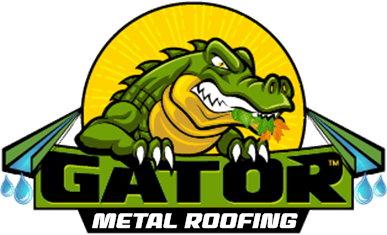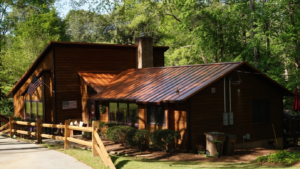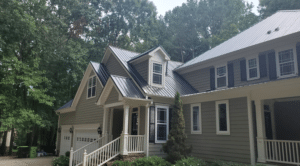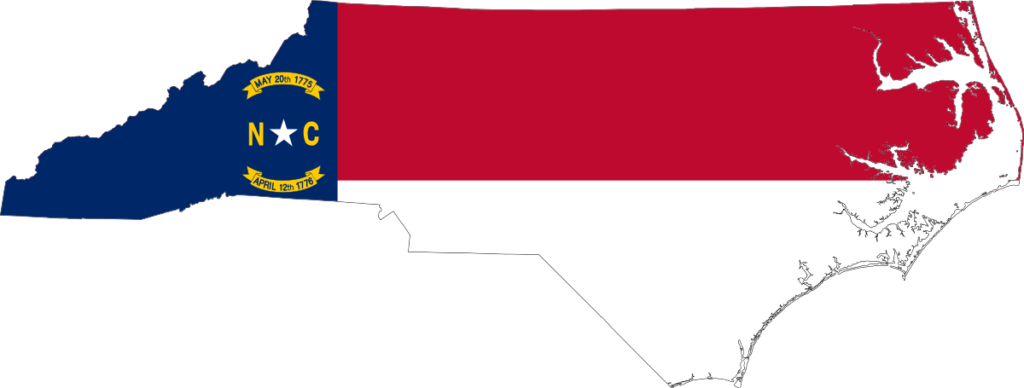Metal roofing is a popular alternative to traditional wooden, slate, clay, and asphalt roofs due to its sleekness, recyclability, durability, and extended energy efficiency. Many modern-day homeowners are opting for metal roofs for their properties for maximum weather resistance and safety.
However, we’ve experienced that customers aren’t quite aware of the basic understanding that can help you pick a high-quality metal roof without getting ripped off.
Continue reading to learn all about the different metal roof components and what makes them one of the strongest roofing products in the market.
1. Metal Panels
Metal panels come in all shapes, sizes, and materials. They’re mostly made of steel, aluminum, corrugated metal, copper, or zinc. You can choose from these metal options according to your region’s climate, property structure and appeal, and budget. The metal panels are the external and ultimate line of defense that provides protection to a property.
Metal roofs can have coiled or sheeted panels joined together with fasteners into large roofing sheets custom-cut according to a desired profile. You can also talk to your roofing company about adding lock panels for hail protection or a cooling system if you live in a hotter climate.
Moreover, you can choose from a wide range of colors when selecting a new metal roof. We offer a virtual Color Visualizer tool that can help you pick roof color that complements your property’s aesthetics.
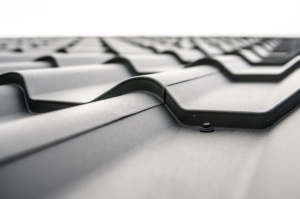
2. Underlayment
Underlayment is the most critical part of any metal roof. It’s the layer installed between metal panels and the roofing deck of your home. The underlayment offers a sturdy barrier against water, moisture, and air leaks.
What’s more, an underlayment is a mandatory addition required by code whether you’re getting a new metal roof or re-doing an old one.
3. Roof Deck
After metal panels and underlayment comes the roof deck, which is typically made of wood or concrete. It’s the foundation/base for your metal roof to sit on. You can create a beautiful rooftop deck terrace on a metal roof to enjoy outstanding views.
Our metal roofers in Raleigh recommend homeowners opt for high-quality thermal roof decks for maximum weather protection and metal roof performance.
4. Sealant, Trims, and Closures
Sealants, trims, and closures are three components installed once the underlayment and metal roofs are installed. A sealant works as a weather-tightening product that ensures water, dirt, debris, air, and moisture don’t seep into metal roof sidings. Next, the trims are a decorative feature that adds character and subtlety to a plain metal roof and enhances its aesthetic appeal. Trims are extremely helpful in keeping moisture from seeping into the panel sides and joints.
Lastly, closures are installed on a metal roof to ensure sufficient property ventilation without inviting unwanted insects in. They’re customized according to your unique metal roof and are quite important for a seamless metal roof installation.
High-End, Weather-Proof, Durable Metal Roofs in North Carolina
At Gator Metal Roofing, we aim to provide the best-quality metal roof installation, repair, maintenance, and inspection services across North Carolina. Our metal roofs are made with high-grade materials and can make your property stand out in the neighborhood!
Call us today for more details, request an in-home consultation via our website, or get a free quote!
